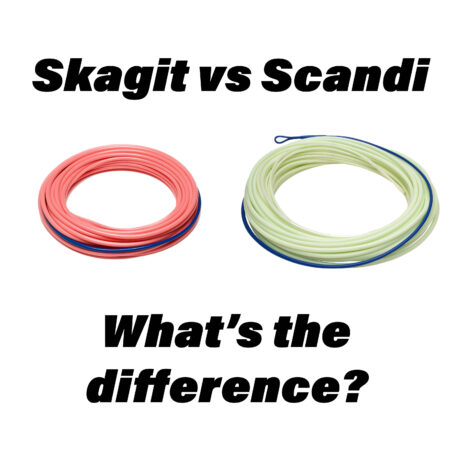
Are you new to Spey or Two-hand rod casting and don’t know the difference between Skagit and Scandi lines? You’re not alone. At first glance, it is difficult to tell the difference. Both Skagit and Scandi lines are shooting-head line systems used in fly fishing, but they have differentiating features and applications. that said, they’re as different as pancakes and French toast. Here is a brief breakdown of the differences between Skagit lines and Scandi lines:
Skagit Lines
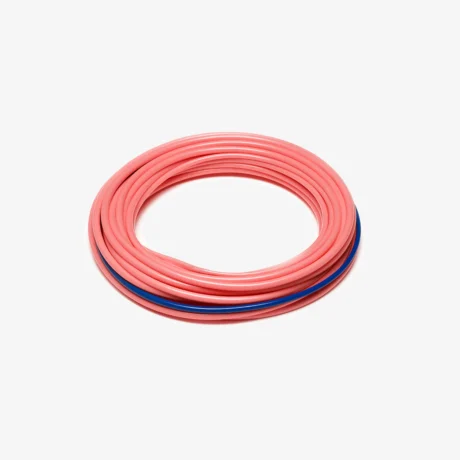
- Short and heavier head, commonly 18 to 25 feet in length
- Developed to cast heavier streamer patterns and sink tips
- Loading the two-handed rod with little room behind you is easier
- Develops greater line speed and, therefore, cuts through the wind better
- Most versatile and beginner-friendly due to the deep loading of the rod for a better “feel”
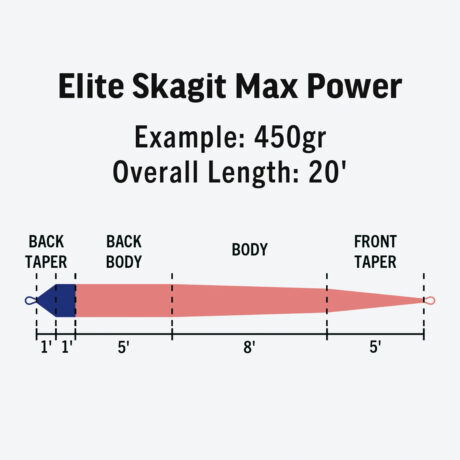
Scandi Lines
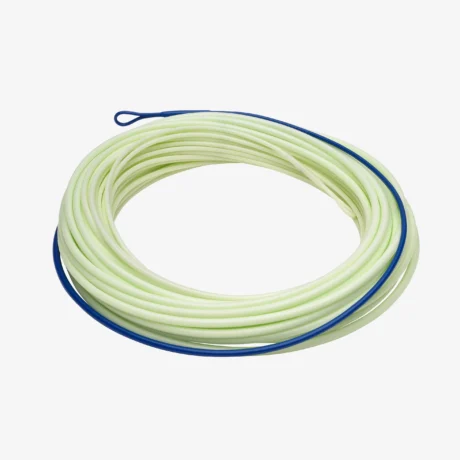
- Longer and smaller gauge of a line, typically 30 to 40 feet in length
- Distinguished by a much longer front taper and lighter head
- Delivers a softer, more subtle presentation of the fly
- Better suited for fishing in moderate to low water conditions
- Requires longer, tapered leaders
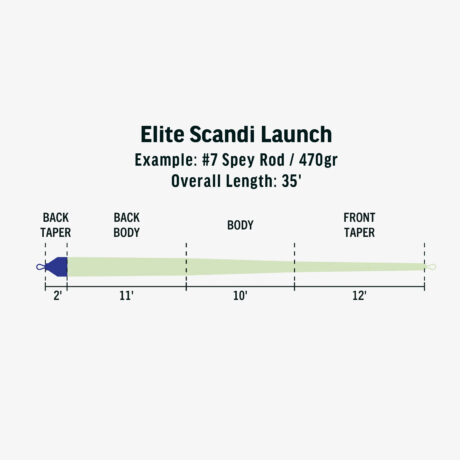
Key Differences
- Length and weight: Skagit lines are shorter and heavier, while Scandi lines are longer with a more graduated taper.
- Casting: Skagit lines are good for casting heavy flies and sink tips, while Scandi lines offer a more delicate presentation.
- Water conditions: Skagit lines manage faster current rivers, while Scandi lines perform well in moderate to low water conditions.
- Fly size: Skagit lines are designed for larger, heavier streamer flies, while Scandi lines are typically used with lighter, smaller flies.
- Leader setup: Skagit lines often use shorter leaders, while Scandi lines require longer, tapered leaders.
Skagit, Scandi…one is not better than the other; they are simply different. Different lines for different styles of fishing. Just make sure you’re with the right one in the right fishy situation. Whether you’re battling winter steelhead or delicately presenting flies to salmon or trout, understanding the differences between each line type can be the difference between a day of wanting to toss your rod in the river and peace and serenity.
Make sure to visit your local fly shop to get the low down on what type of line you should be using in the area you are fishing.
Leave a Reply